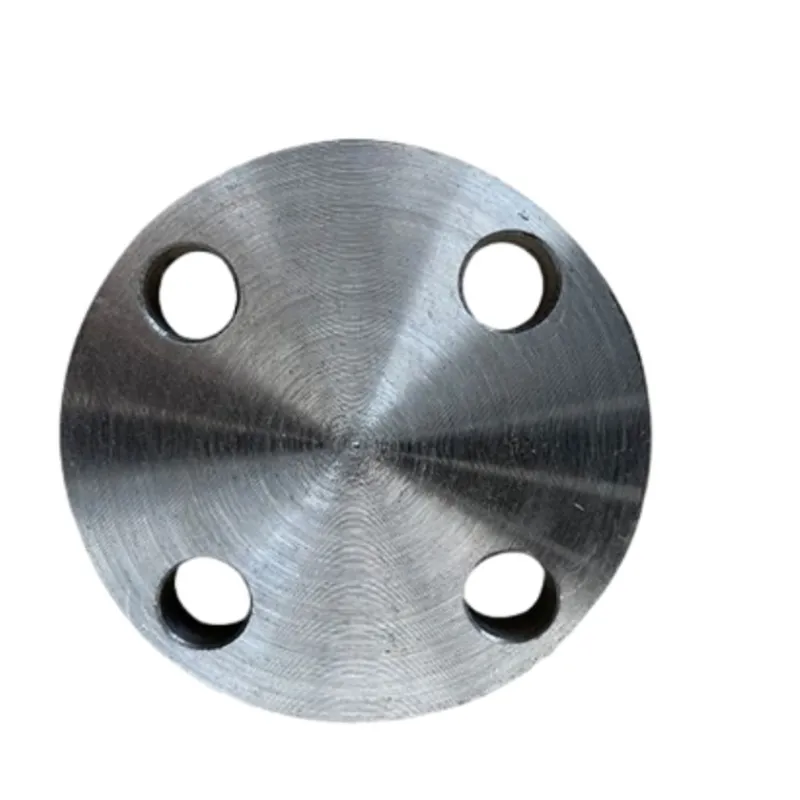-
Cangzhou Yulong Steel Co., Ltd.
-
Phone:
+86 13303177267 -
Email:
admin@ylsteelfittings.com
- English
- Arabic
- Italian
- Spanish
- Portuguese
- German
- kazakh
- Persian
- Greek
- French
- Russian
- Polish
- Thai
- Indonesian
- Vietnamese
- Zulu
- Korean
- Uzbek
- Hindi
- Serbian
- Malay
- Ukrainian
- Gujarati
- Haitian Creole
- hausa
- hawaiian
- Hebrew
- Miao
- Hungarian
- Icelandic
- igbo
- irish
- Japanese
- Javanese
- Kannada
- Khmer
- Rwandese
- Afrikaans
- Albanian
- Amharic
- Armenian
- Azerbaijani
- Basque
- Belarusian
- Bengali
- Bosnian
- Bulgarian
- Catalan
- Cebuano
- China
- China (Taiwan)
- Corsican
- Croatian
- Czech
- Danish
- Esperanto
- Estonian
- Finnish
- Frisian
- Galician
- Georgian
- Kurdish
- Kyrgyz
- Lao
- Latin
- Latvian
- Lithuanian
- Luxembourgish
- Macedonian
- Malgashi
- Malayalam
- Maltese
- Maori
- Marathi
- Mongolian
- Myanmar
- Nepali
- Norwegian
- Norwegian
- Occitan
- Pashto
- Dutch
- Punjabi
- Romanian
- Samoan
- Scottish Gaelic
- Sesotho
- Shona
- Sindhi
- Sinhala
- Slovak
- Slovenian
- Somali
- Sundanese
- Swahili
- Swedish
- Tagalog
- Tajik
- Tamil
- Tatar
- Telugu
- Turkish
- Turkmen
- Urdu
- Uighur
- Welsh
- Bantu
- Yiddish
- Yoruba

Dec . 04, 2024 09:07 Back to list
astm a 106 gr b specification
Understanding ASTM A106 Grade B Specification A Comprehensive Overview
ASTM A106 Grade B is a well-regarded specification in the realm of carbon steel pipes. This standard is critical for various industries, particularly in applications involving high-temperature and high-pressure environments. It is important for engineers, designers, and quality control specialists to comprehend its specifications, properties, and applications to ensure optimal performance in their fields.
What is ASTM A106?
ASTM A106 is a specification developed by ASTM International, a global leader in the development and delivery of voluntary consensus standards for materials, products, systems, and services. The A106 standard specifically refers to seamless carbon steel pipes that are designed for high-temperature service. It is widely used in industries such as oil and gas, petrochemical, power generation, and water treatment.
The standard divides the carbon steel pipes into three grades A, B, and C, with Grade B being the most commonly specified and favored for its excellent mechanical properties and versatility in various applications.
Chemical Composition
The chemical composition of ASTM A106 Grade B is crucial to its performance. The maximum allowable percentages of elements in Grade B include
- Carbon (C) Maximum 0.30% - Manganese (Mn) 0.29% to 1.06% - Phosphorus (P) Maximum 0.035% - Sulfur (S) Maximum 0.035%
This composition ensures that the pipes have the necessary strength, toughness, and resistance to corrosion, making them suitable for demanding conditions.
Mechanical Properties
The mechanical properties of ASTM A106 Grade B are defined to ensure the pipe can withstand high temperatures and pressures. Key mechanical properties include
astm a 106 gr b specification

- Yield Strength Minimum 35,000 psi (240 MPa) - Tensile Strength Minimum 60,000 psi (415 MPa) - Elongation Based on a specific length of gauge, it must be a minimum of 20% for a length of 8 inches.
These properties underscore the importance of ASTM A106 Grade B in high-stress environments, where mechanical failure could lead to critical safety hazards or operational inefficiencies.
Dimensions and Schedules
ASTM A106 pipes are available in a variety of sizes, from 1/8 inch to 48 inches in nominal diameter. The standard also specifies different wall thicknesses, often referred to in terms of schedules. Commonly used schedules include Schedule 40 and Schedule 80, with the thickness varying based on the specified schedule and the nominal diameter of the pipe. The availability of various sizes and schedules means that engineers can select the appropriate pipe that meets the specific requirements of their project.
Applications
Due to its resilience and versatility, ASTM A106 Grade B is utilized in a wide array of applications
1. Oil and Gas The pipes are often used for transporting oil and gas from drilling sites to processing facilities, where high pressure and temperature conditions are prevalent. 2. Power Generation In power plants, ASTM A106 pipes are commonly used for steam lines, requiring resistance to high-temperature applications.
3. Water Transportation They are also employed in the transportation of water and other fluids under substantial pressure.
4. Chemical Processing The specifications of ASTM A106 Grade B make it suitable for various chemical processes, requiring durability and resistance to various corrosive elements.
Conclusion
The ASTM A106 Grade B specification is a critical standard in the world of steel piping. With its well-defined chemical composition and mechanical properties, it is designed for high-temperature and high-pressure applications across numerous industries. Understanding this specification enables professionals to choose the correct materials for their projects, ensuring safety, reliability, and efficiency in their operations. As industries continue to evolve, the importance of adhering to such standards becomes ever more paramount, making ASTM A106 Grade B a key component in the fundamentals of engineering and material science.
Latest news
-
ANSI 150P SS304 SO FLANGE
NewsFeb.14,2025
-
ASTM A333GR6 STEEL PIPE
NewsJan.20,2025
-
ANSI B16.5 WELDING NECK FLANGE
NewsJan.15,2026
-
ANSI B16.5 SLIP-ON FLANGE
NewsApr.19,2024
-
SABS 1123 FLANGE
NewsJan.15,2025
-
DIN86044 PLATE FLANGE
NewsApr.19,2024
-
DIN2527 BLIND FLANGE
NewsApr.12,2024
-
JIS B2311 Butt-Welding Fittings LR/SR 45°/90° /180°Seamless/Weld
NewsApr.23,2024











